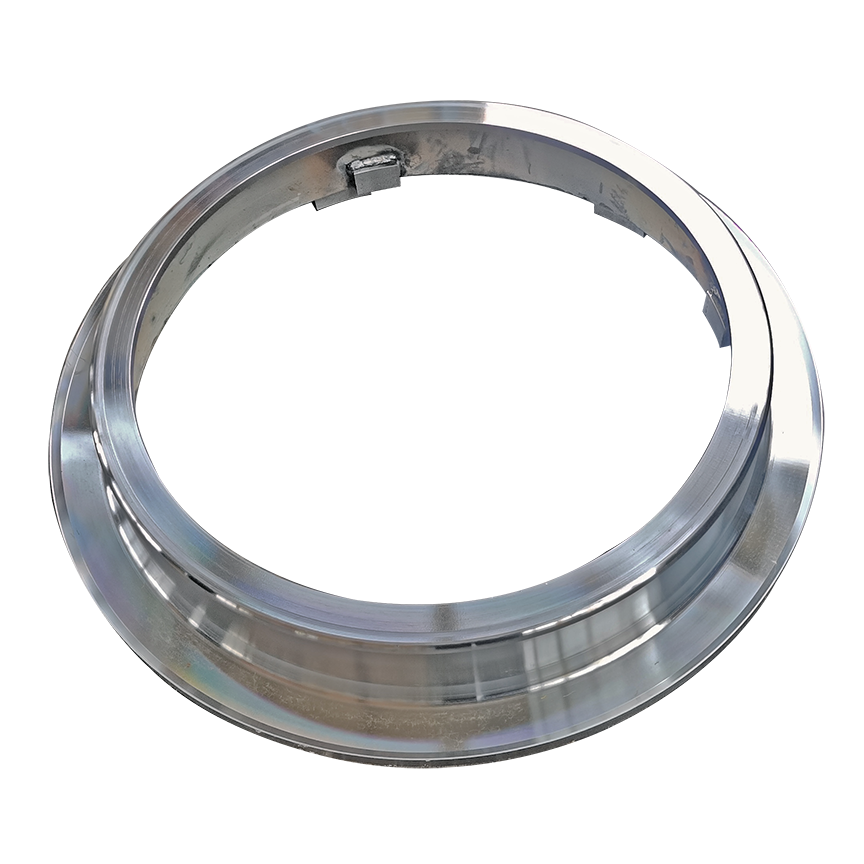- Afrikaans
- Albanian
- Amharic
- Arabic
- Armenian
- Azerbaijani
- Basque
- Belarusian
- Bengali
- Bosnian
- Bulgarian
- Catalan
- Cebuano
- China
- China (Taiwan)
- Corsican
- Croatian
- Czech
- Danish
- Dutch
- English
- Esperanto
- Estonian
- Finnish
- French
- Frisian
- Galician
- Georgian
- German
- Greek
- Gujarati
- Haitian Creole
- hausa
- hawaiian
- Hebrew
- Hindi
- Miao
- Hungarian
- Icelandic
- igbo
- Indonesian
- irish
- Italian
- Japanese
- Javanese
- Kannada
- kazakh
- Khmer
- Rwandese
- Korean
- Kurdish
- Kyrgyz
- Lao
- Latin
- Latvian
- Lithuanian
- Luxembourgish
- Macedonian
- Malgashi
- Malay
- Malayalam
- Maltese
- Maori
- Marathi
- Mongolian
- Myanmar
- Nepali
- Norwegian
- Norwegian
- Occitan
- Pashto
- Persian
- Polish
- Portuguese
- Punjabi
- Romanian
- Russian
- Samoan
- Scottish Gaelic
- Serbian
- Sesotho
- Shona
- Sindhi
- Sinhala
- Slovak
- Slovenian
- Somali
- Spanish
- Sundanese
- Swahili
- Swedish
- Tagalog
- Tajik
- Tamil
- Tatar
- Telugu
- Thai
- Turkish
- Turkmen
- Ukrainian
- Urdu
- Uighur
- Uzbek
- Vietnamese
- Welsh
- Bantu
- Yiddish
- Yoruba
- Zulu
Aug . 29, 2024 08:17 Back to list
High-Quality Cast Iron Drainage Pipes for Durable Plumbing Solutions
The Importance of Cast Iron Drainage Pipes
Cast iron drainage pipes have been a cornerstone of plumbing systems for centuries, renowned for their durability, strength, and effectiveness in waste management. Initially developed in the 19th century, these pipes played an essential role in the evolution of municipal sanitation systems. Even today, cast iron remains a popular choice for both residential and commercial drainage solutions.
One of the primary advantages of cast iron pipes is their remarkable longevity. When properly installed and maintained, they can last for over a century, far surpassing many other types of piping materials such as PVC or galvanized steel. This longevity is primarily due to their resistance to corrosion. Although cast iron can rust when exposed to moisture, the protective layer that forms on the inner surface can actually enhance its durability in some environments.
The Importance of Cast Iron Drainage Pipes
Cast iron drainage pipes are also capable of handling high pressures and unique fluctuations in water flow. This makes them particularly suitable for urban areas and regions prone to heavy rainfall or flooding, where robust drainage systems are critical for preventing water damage. Installations in these areas benefit from the resistance to impact and structural integrity that cast iron provides, creating a dependable solution for complex waste management needs.
cast iron drainage pipe

Furthermore, cast iron is fire-resistant, making it a safer option compared to plastic piping materials. This characteristic is especially valuable in commercial settings where fire safety regulations are stringent. In addition to providing peace of mind, this feature ultimately contributes to the longevity and reliability of the plumbing infrastructure.
From an environmental perspective, cast iron is a sustainable material. Unlike plastic pipes, which may leach harmful chemicals into the soil or groundwater, cast iron is inert and does not release toxic substances. The material is also recyclable, reducing waste and the need for new raw materials when pipes are retired or replaced.
Despite their many benefits, cast iron pipes do come with some considerations. The weight of cast iron is significantly greater than that of other materials, which can make installation more labor-intensive and costly. Additionally, any existing rust or corrosion should be addressed before installation to ensure optimal performance.
In conclusion, cast iron drainage pipes offer a multitude of advantages that make them a valuable asset in modern plumbing systems. Their longevity, noise reduction capability, high-pressure tolerance, fire resistance, and environmental sustainability position them as a preferred choice for many construction professionals. As we advance in technology and infrastructure development, the enduring legacy of cast iron will likely continue to play a vital role in effective waste management and public health.
-
Premium Cast Iron Water Main Pipe: Durable, Corrosion-Resistant
NewsAug.03,2025
-
Durable Cast Iron Water Mains | AI-Optimized Systems
NewsAug.02,2025
-
High-Efficiency Propane Boiler for Baseboard Heat | Save Energy
NewsAug.01,2025
-
Premium Source Suppliers for Various Gray Iron Castings
NewsJul.31,2025
-
Durable Cast Iron Water Main Pipes | Long-Lasting
NewsJul.31,2025
-
High-Quality Cast Iron Water Main Pipe for Durable Infrastructure
NewsJul.30,2025


